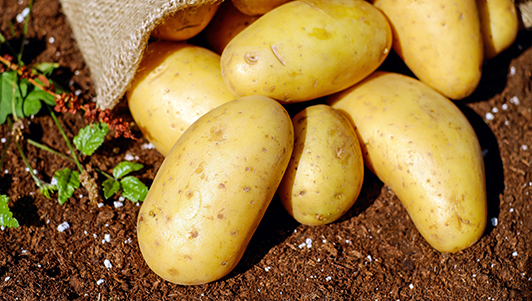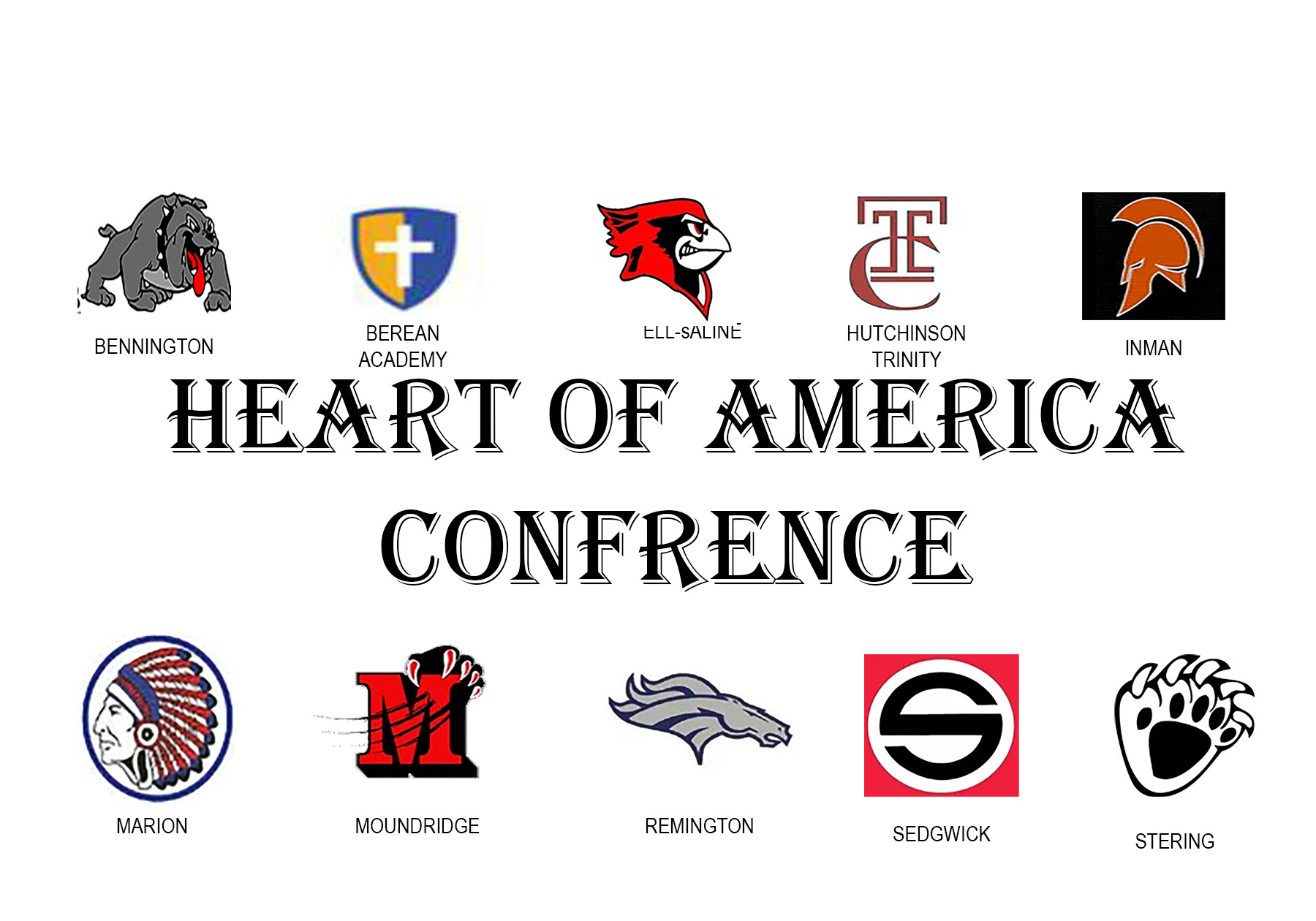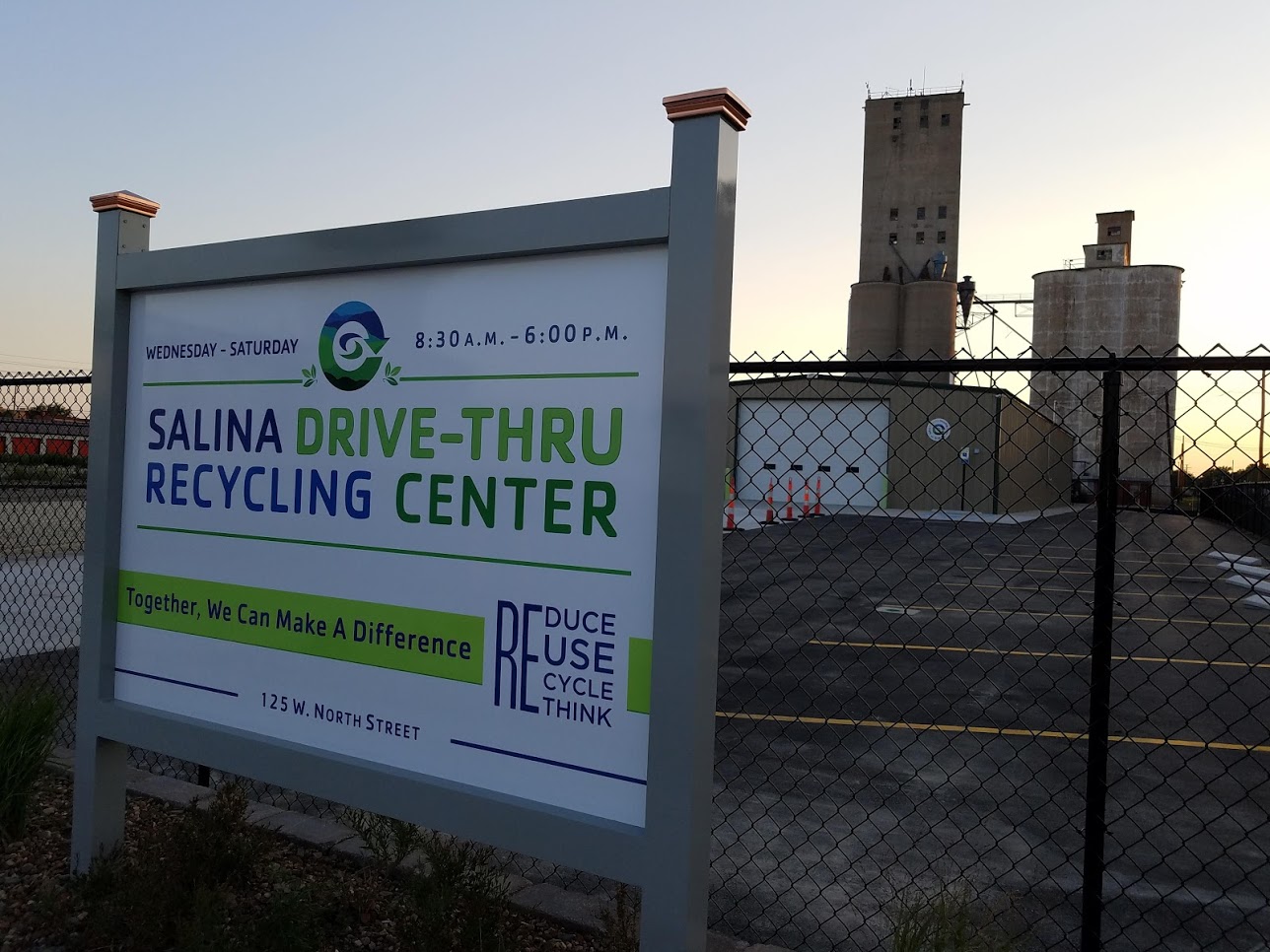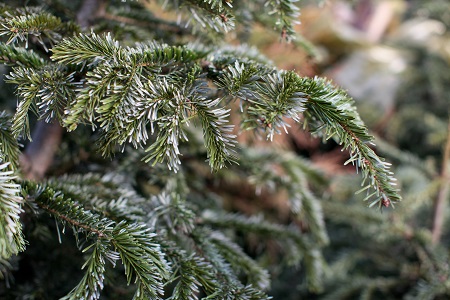For Kansas gardeners, St. Patrick’s Day means something much more than donning a favorite green outfit and heading to local celebrations.
According to K State Research and Extension, traditionally, the Irish holiday signals the date for planting potatoes.
“Actually, anytime from mid- to late-March is fine for potato planting,” said Kansas State University horticulture expert Ward Upham.
“Be sure to buy seed potatoes rather than using those bought for cooking. Seed potatoes are certified disease free and have plenty of starch to sprout as quickly as soil temperatures allow.”
Upham notes that most seed potatoes can be cut into four pieces – “though large potatoes may yield more,” he said. Each seed should weight between 1 ½ to 2 ounces, and likely more than one eye.
Each pound of seed potatoes should yield 8 to 10 pieces, according to Upham.
“Cut the seed 2 to 3 days before planting so that freshly cut surfaces have a chance to suberize, or toughen, which provides a protective coating,” Upham said. “Storing seed in a warm location during suberization will speed the process.”
Upham recommends planting each seed piece 1 to 2 inches deep and 8 to 12 inches apart in rows.
“Though it is important to plant potatoes in March, they emerge slowly,” he said. “It is often mid- to late-April before new plants poke their way through the soil. As the potatoes grow, pull soil up to the base of the plants. New potatoes are borne above the planted seed piece and it is important to keep sunlight from hitting the new potatoes.”
Upham said exposed potatoes will turn green and produce a poisonous substance called solanine. Keeping the potatoes covered will prevent this.
Upham and his colleagues in K-State’s Department of Horticulture and Natural Resources produce a weekly Horticulture Newsletter with tips for maintaining gardens and home landscapes. The newsletter is available to view online or can be delivered by email each week.
Interested persons can also send their garden- and yard-related questions to Upham at [email protected], or contact your local K-State Research and Extension office.



